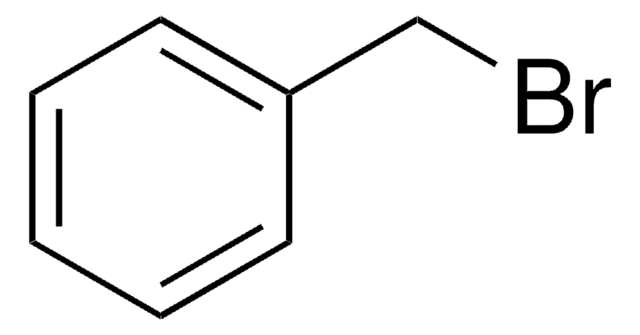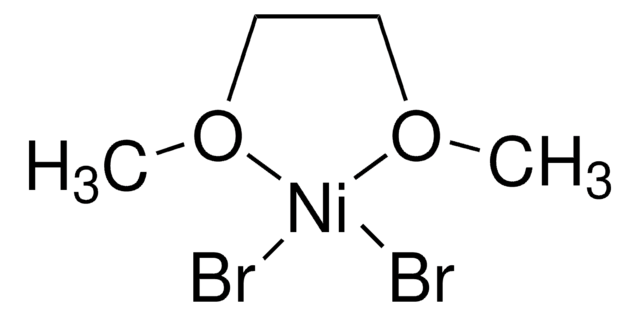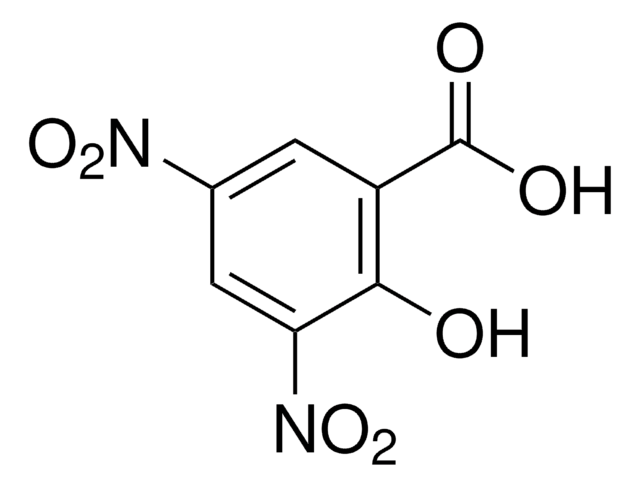All Photos(3)
About This Item
Empirical Formula (Hill Notation):
Zn
CAS Number:
Molecular Weight:
65.39
MDL number:
UNSPSC Code:
12161600
PubChem Substance ID:
NACRES:
NA.22
Recommended Products
vapor pressure
1 mmHg ( 487 °C)
Assay
≥98%
form
dust
reaction suitability
core: zinc
reagent type: catalyst
resistivity
5.8 μΩ-cm, 20°C
particle size
<10 μm
bp
907 °C (lit.)
mp
420 °C (lit.)
density
7.133 g/mL at 25 °C (lit.)
SMILES string
[Zn]
InChI
1S/Zn
InChI key
HCHKCACWOHOZIP-UHFFFAOYSA-N
General description
Zinc is an inexpensive, readily available versatile reagent in organic reactions and is commonly used as a reducing agent in organic synthesis. Zinc dust is used to reduce carbonyls, carbon-halide bonds, carbon-oxygen bonds, alkynes, and heteroatom bonds such as N-N and N-O bonds. It is also used to prepare various organozinc reagents. Additionally, Zinc has been used in several well-known named reactions, like the Reformatsky reaction, the Knorr pyrrole synthesis, the Serini reaction, and the Simmons-Smith cyclopropanation.
Application
Reducing agent; used for preparation of organozinc reagents, Reformatsky reagents, and the Simmons-Smith reagent (cyclopropanation).
Zinc is also used as a:
Zinc is also used as a:
- Reductant in the hydrothermal CO2 reduction to formic acid in batch reactors.
- Catalyst in the synthesis of propargylamines by one pot, three component coupling of aldehydes, amines and alkynes in acetonitrile.
Signal Word
Warning
Hazard Statements
Precautionary Statements
Hazard Classifications
Aquatic Acute 1 - Aquatic Chronic 1
Storage Class Code
11 - Combustible Solids
WGK
WGK 2
Flash Point(F)
Not applicable
Flash Point(C)
Not applicable
Personal Protective Equipment
dust mask type N95 (US), Eyeshields, Gloves
Choose from one of the most recent versions:
Already Own This Product?
Find documentation for the products that you have recently purchased in the Document Library.
Customers Also Viewed
Nicholas A Isley et al.
Green chemistry : an international journal and green chemistry resource : GC, 2015, 307-307 (2014-12-23)
Alkyl bromides and chlorides can be reduced to the corresponding hydrocarbons utilizing zinc in the presence of an amine additive. The process takes place in water at ambient temperatures, enabled by a commercially available designer surfactant. The reaction medium can
Activated zinc dust
Smith CR
Synlett, 2009(09), 1522-1523 (2009)
Knochel, P.
Chemical Reviews, 93, 217-217 (1993)
Sara Eyal et al.
Journal of nuclear medicine : official publication, Society of Nuclear Medicine, 50(5), 798-806 (2009-05-01)
Studies in rodents indicate that the disruption of P-glycoprotein (P-gp) function increases drug distribution into the developing fetus and organs such as the brain. To simultaneously and serially evaluate the effect of P-gp activity and inhibition on the tissue distribution
A viewpoint about the treatment of Wilson's disease.
Abdul Qayyum Rana et al.
The Canadian journal of neurological sciences. Le journal canadien des sciences neurologiques, 40(4), 612-614 (2013-06-22)
Our team of scientists has experience in all areas of research including Life Science, Material Science, Chemical Synthesis, Chromatography, Analytical and many others.
Contact Technical Service




